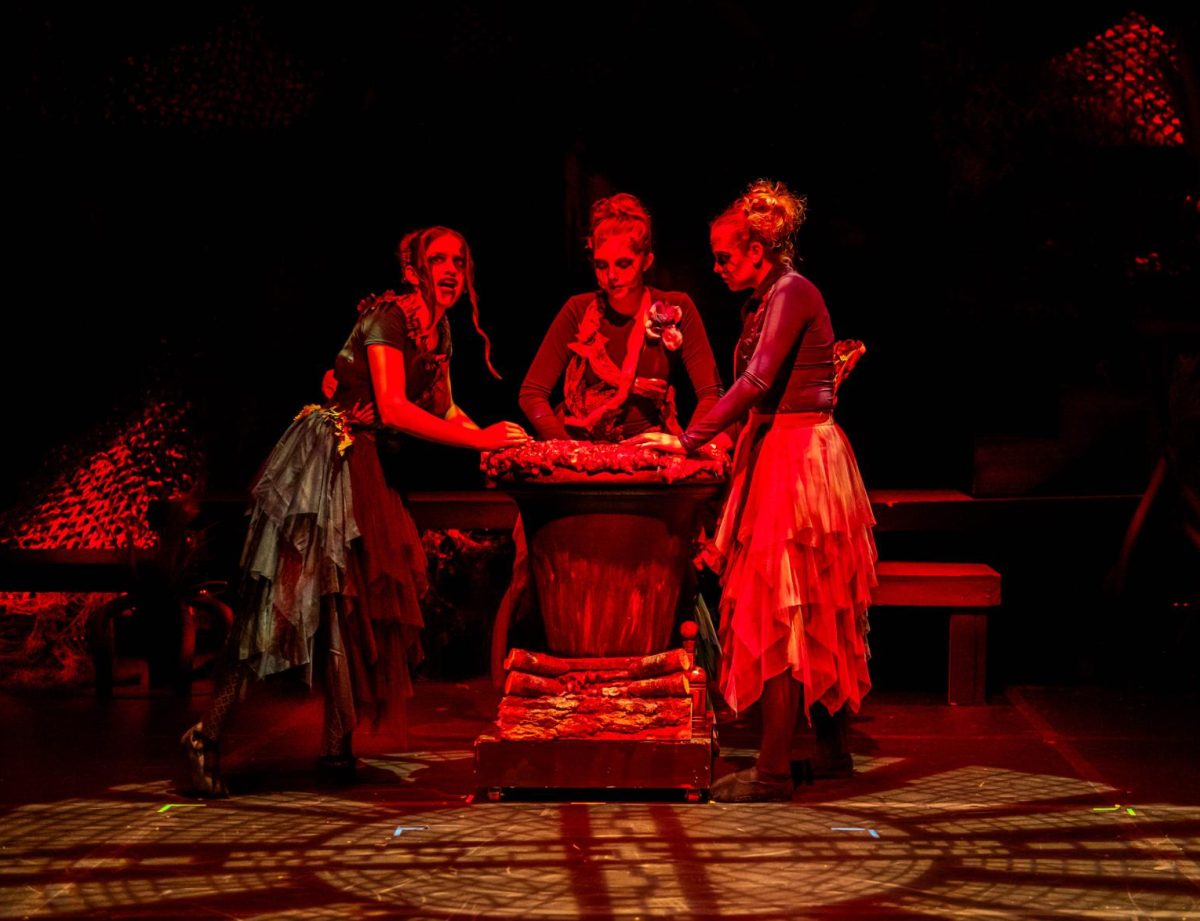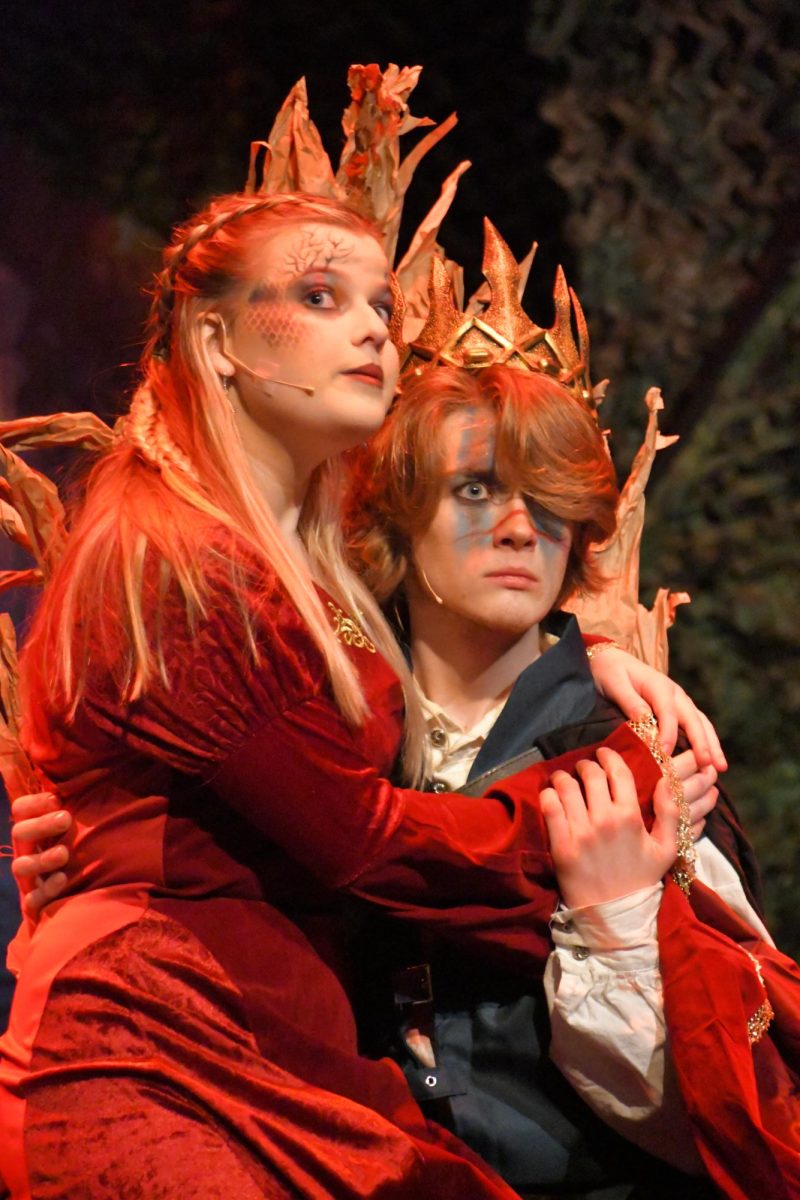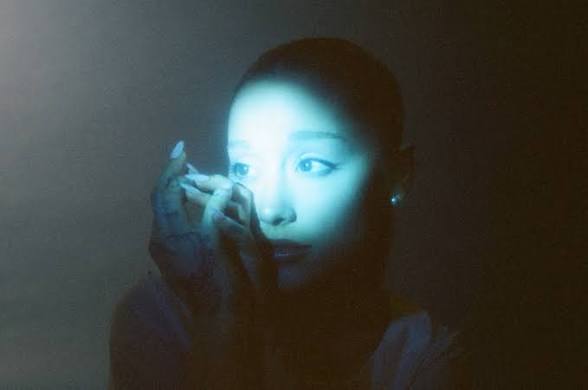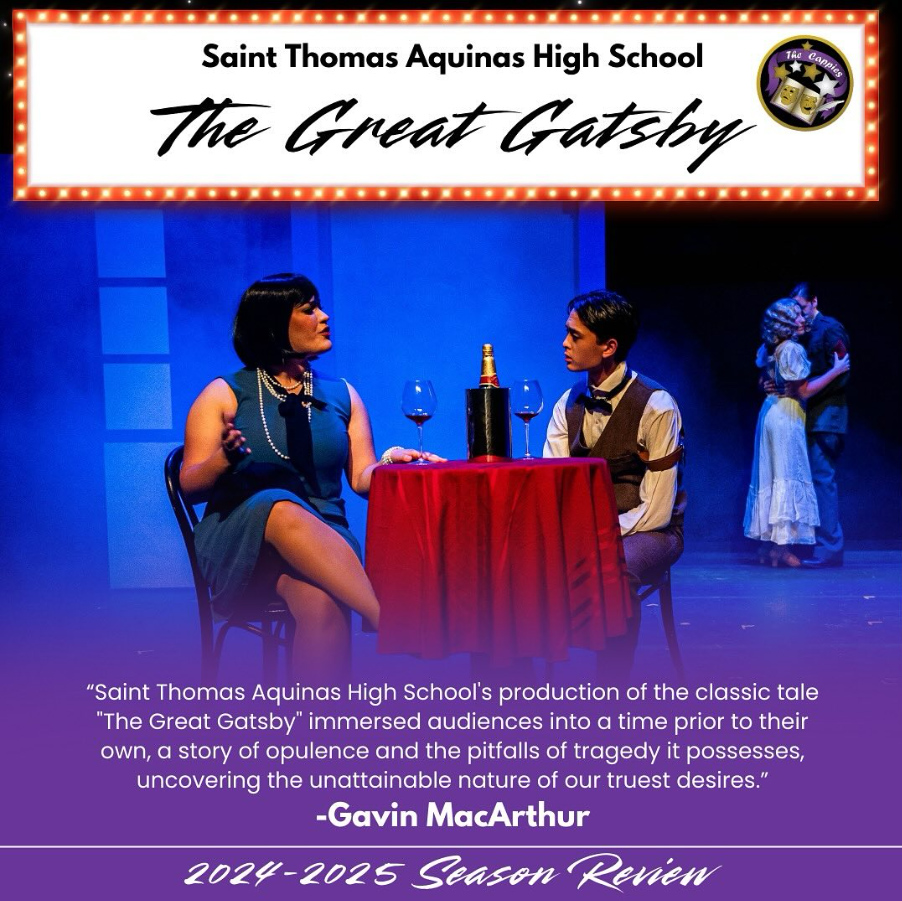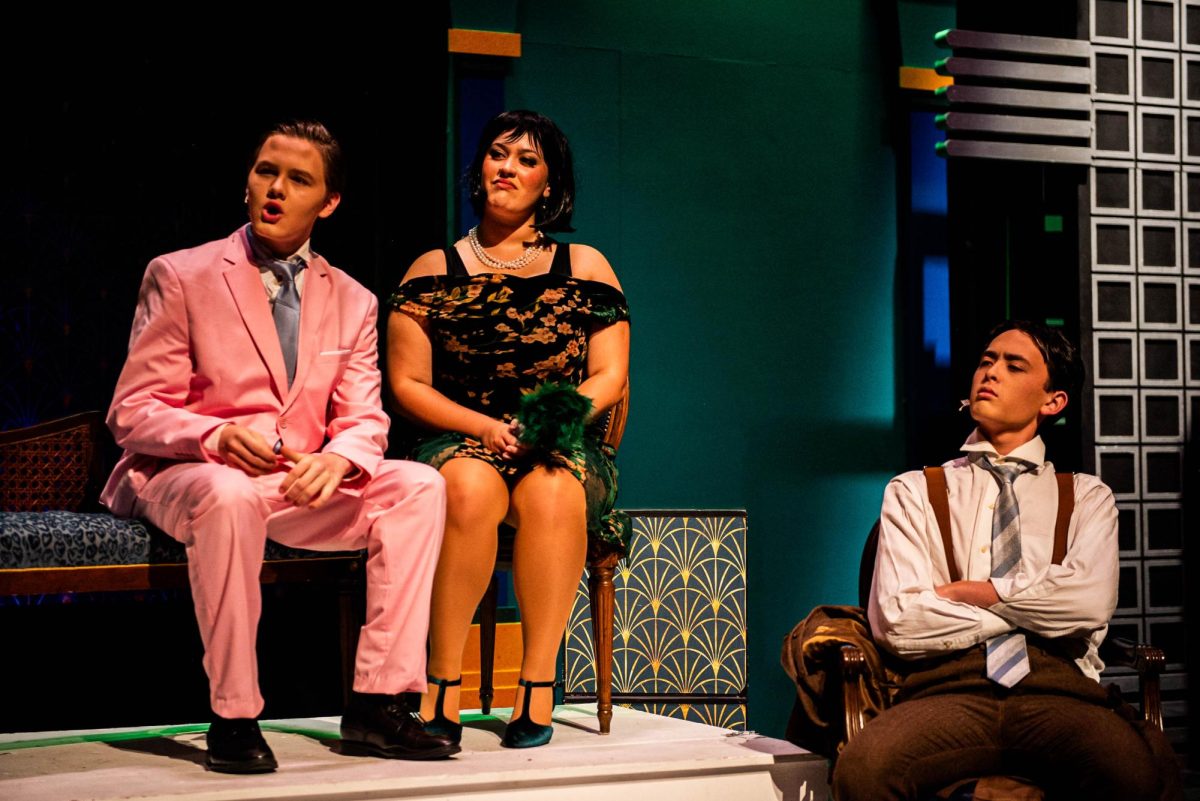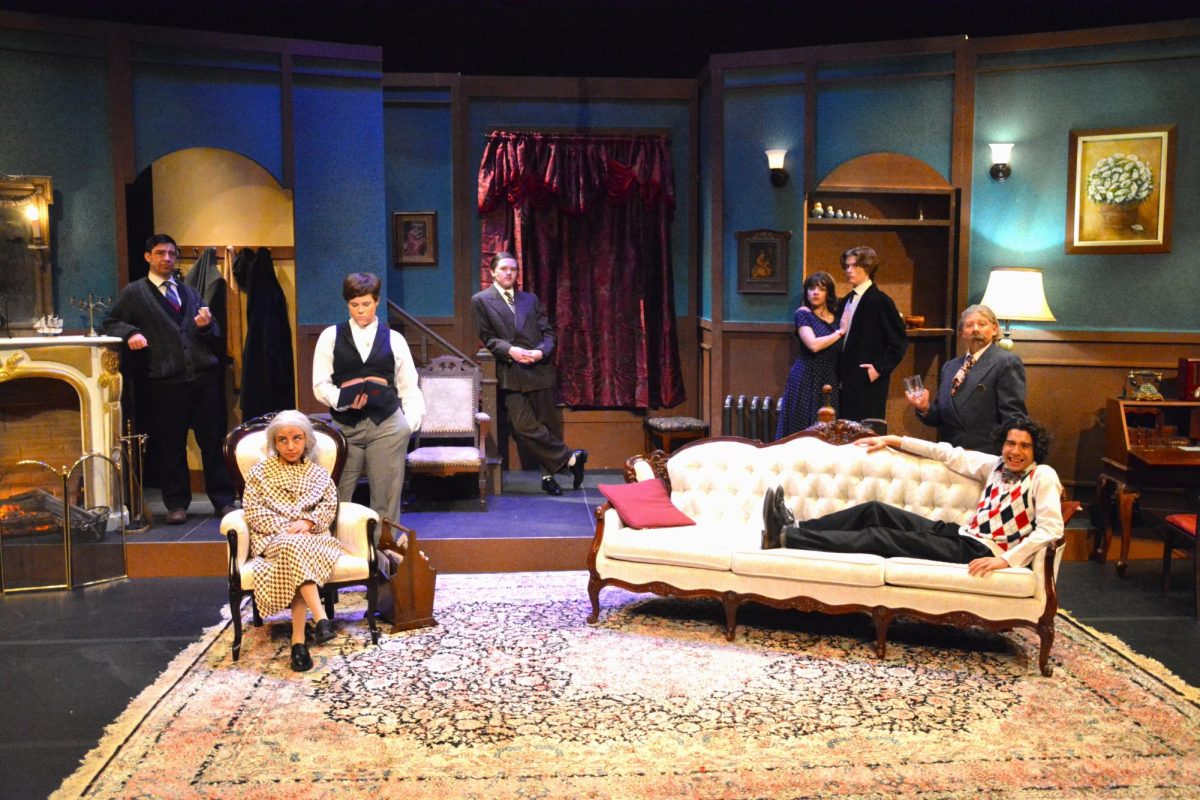Amid the glitz and glamour of the Jazz Age, Saint Thomas Aquinas’ production of The Great Gatsby is an adequate performance offering a glimpse into a world where the American Dream shines bright but ultimately leads to disillusionment.
Originally written in 1925, The Great Gatsby found new life in 2006 through Simon Levy’s stage adaptation. The story highlights the lavish lifestyles of Americans before the economic crisis that followed. The enduring popularity of the novel has inspired numerous adaptations, including films, stage plays, and musicals. Each version captures the tension between the allure of a glamorous lifestyle and the novel’s critique of materialism. The narrative explores themes of love, wealth, social status, and the elusive American Dream, underscoring the disillusionment that often accompanies these pursuits.
Saint Thomas Aquinas’ production is underscored by creativity that at times detracts from the story. The choreography sometimes overshadows the narrative, as the lively ensemble distracts from the tone of the speaking actors, who come across as monotone and stiff. This juxtaposition weakens the overall performance and depth of the characters. The pacing felt uneven, with actors missing crucial emotional beats and not fully telling the story, which confused some audience members less familiar with the material.
In this production, Cole Christianson’s portrayal of Jay Gatsby was a standout highlight. He effectively illustrated Gatsby’s evolution as a man chasing his ambitions, transitioning from someone desperate to impress Nick to a more truthful character before his demise. Christianson captured the corrosion of Gatsby’s “wealthy” persona as he relentlessly pursued Daisy, embodying the desperation to reclaim the past. The contrast between Gatsby’s facade and his true self highlights Christianson’s acting, making his journey resonate throughout the performance.
Alexi Arocho’s portrayal of Jordan Baker also stood out. She skillfully delivered her lines with tension and believability, particularly during her final argument with Nick, showcasing her strength as an actress. Arocho’s performance added depth to the narrative, capturing the complexity of her character and her importance to the rendition.
Emily Reich, Alistar Bass, and Michaela George made effective choices to guide the audience through the story and create a surreal experience. The green spotlight cast an enchanting glow, symbolizing the connection between Daisy and Gatsby. The lighting design during the death scene of Gatsby, Myrtle, and George was striking, with red spotlights emphasizing the horror of their tragic fates. The paparazzi scene featured flickering lights, immersing the audience in the frenzy of media attention, making it a memorable moment from the second act. The special effects team, Carolina Reverte, Victoria Pattern, and Vincent Poehnelt, contributed significantly to the production. The fog machine illustrated the separation between the narrative and Nick’s dialogue, enhancing immersion. However, the fog effect became less impactful with frequent use, and the strong smell occasionally left me feeling suffocated.
While Saint Thomas Aquinas’ adaptation faces challenges, it effectively captures key themes and moments from The Great Gatsby, offering audiences a reflective look at the era’s excesses and the elusive nature of the American dream.


